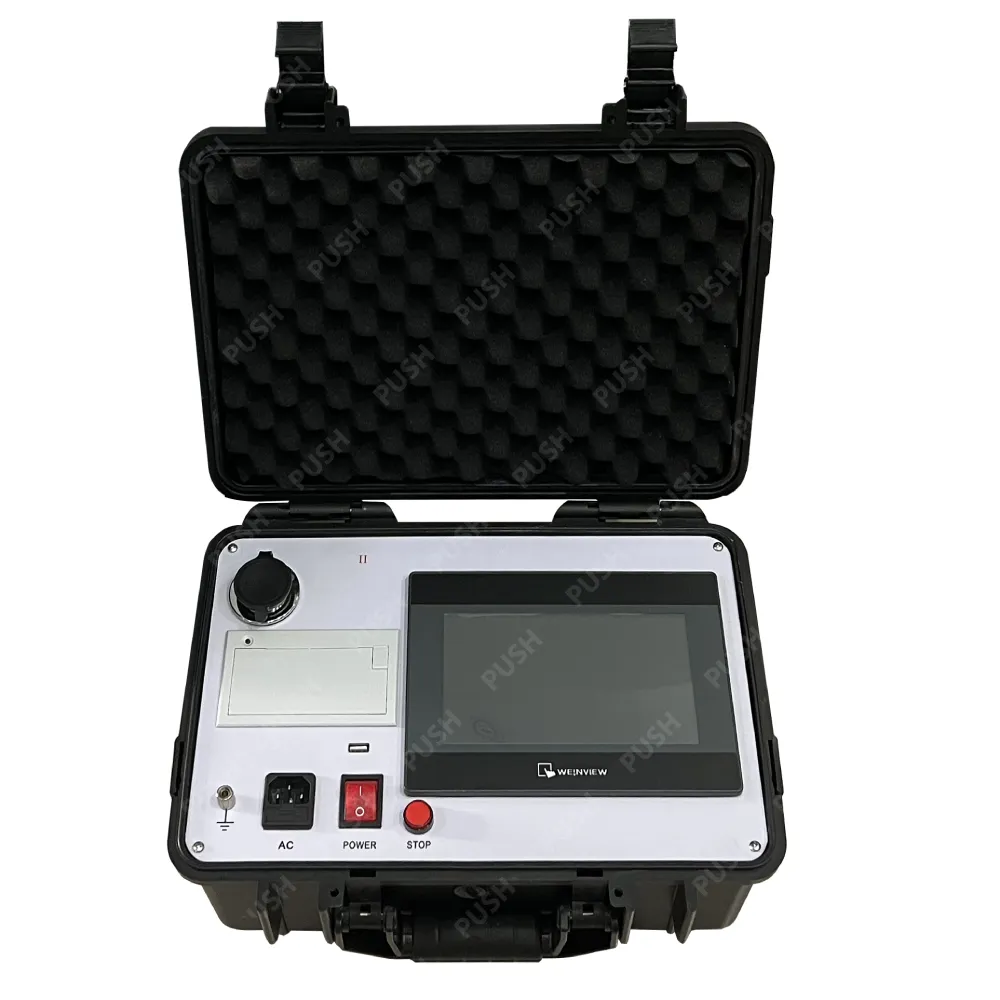 English
English



-
 Afrikaans
Afrikaans -
 Albanian
Albanian -
 Amharic
Amharic -
 Arabic
Arabic -
 Armenian
Armenian -
 Azerbaijani
Azerbaijani -
 Basque
Basque -
 Belarusian
Belarusian -
 Bengali
Bengali -
 Bosnian
Bosnian -
 Bulgarian
Bulgarian -
 Catalan
Catalan -
 Cebuano
Cebuano -
 China
China -
 China (Taiwan)
China (Taiwan) -
 Corsican
Corsican -
 Croatian
Croatian -
 Czech
Czech -
 Danish
Danish -
 Dutch
Dutch -
 English
English -
 Esperanto
Esperanto -
 Estonian
Estonian -
 Finnish
Finnish -
 French
French -
 Frisian
Frisian -
 Galician
Galician -
 Georgian
Georgian -
 German
German -
 Greek
Greek -
 Gujarati
Gujarati -
 Haitian Creole
Haitian Creole -
 hausa
hausa -
 hawaiian
hawaiian -
 Hebrew
Hebrew -
 Hindi
Hindi -
 Miao
Miao -
 Hungarian
Hungarian -
 Icelandic
Icelandic -
 igbo
igbo -
 Indonesian
Indonesian -
 irish
irish -
 Italian
Italian -
 Japanese
Japanese -
 Javanese
Javanese -
 Kannada
Kannada -
 kazakh
kazakh -
 Khmer
Khmer -
 Rwandese
Rwandese -
 Korean
Korean -
 Kurdish
Kurdish -
 Kyrgyz
Kyrgyz -
 Lao
Lao -
 Latin
Latin -
 Latvian
Latvian -
 Lithuanian
Lithuanian -
 Luxembourgish
Luxembourgish -
 Macedonian
Macedonian -
 Malgashi
Malgashi -
 Malay
Malay -
 Malayalam
Malayalam -
 Maltese
Maltese -
 Maori
Maori -
 Marathi
Marathi -
 Mongolian
Mongolian -
 Myanmar
Myanmar -
 Nepali
Nepali -
 Norwegian
Norwegian -
 Norwegian
Norwegian -
 Occitan
Occitan -
 Pashto
Pashto -
 Persian
Persian -
 Polish
Polish -
 Portuguese
Portuguese -
 Punjabi
Punjabi -
 Romanian
Romanian -
 Russian
Russian -
 Samoan
Samoan -
 Scottish Gaelic
Scottish Gaelic -
 Serbian
Serbian -
 Sesotho
Sesotho -
 Shona
Shona -
 Sindhi
Sindhi -
 Sinhala
Sinhala -
 Slovak
Slovak -
 Slovenian
Slovenian -
 Somali
Somali -
 Spanish
Spanish -
 Sundanese
Sundanese -
 Swahili
Swahili -
 Swedish
Swedish -
 Tagalog
Tagalog -
 Tajik
Tajik -
 Tamil
Tamil -
 Tatar
Tatar -
 Telugu
Telugu -
 Thai
Thai -
 Turkish
Turkish -
 Turkmen
Turkmen -
 Ukrainian
Ukrainian -
 Urdu
Urdu -
 Uighur
Uighur -
 Uzbek
Uzbek -
 Vietnamese
Vietnamese -
 Welsh
Welsh -
 Bantu
Bantu -
 Yiddish
Yiddish -
 Yoruba
Yoruba -
 Zulu
Zulu
Core Testing Methods for Transformer Performance Evaluation and Optimization Strategies
Transformer Core Testing Ensuring Efficiency and Reliability
Transformer core testing is an essential aspect of the manufacturing and maintenance of transformers, which are critical components in electrical power systems. The integrity and efficiency of a transformer greatly depend on the quality of its core material and the testing processes involved. Understanding the procedures and standards of transformer core testing is vital for ensuring that transformers perform optimally throughout their operational lifespan.
What is Transformer Core Testing?
Transformer core testing involves assessing the magnetic core of a transformer to ensure its properties meet the required specifications. The core of a transformer plays a crucial role in facilitating the efficient transfer of electric energy through electromagnetic induction. The core is typically made from silicon steel laminations to minimize energy losses due to eddy currents and hysteresis.
The core testing process generally includes evaluating the core's magnetic characteristics, identifying any defects or weaknesses, and measuring losses during operation. Standard tests consist of assessing the core's insulation, measuring magnetic permeability, and testing the core’s losses at varying frequencies and flux densities.
The Importance of Core Testing
The importance of transformer core testing cannot be overstated. An improperly tested core can lead to several issues, including
1. Increased Losses If the core material has high hysteresis and eddy current losses, operational efficiency can decrease significantly. This not only results in reduced performance but also affects energy consumption.
2. Overheating Deficiencies in the core can lead to excessive heat generation. Overheating can damage windings, insulation, and other transformer components, inducing catastrophic failures.
3. Shortened Lifespan Consistent operation under suboptimal conditions due to poor core quality can lead to a shorter operational life for the transformer, resulting in increased replacement and maintenance costs.
transformer core testing

4. Safety Hazards A compromised transformer core can pose major safety risks, including electrical hazards and fire risks.
Key Testing Methods
There are several key testing methods employed to ensure the quality of transformer cores
1. Insulation Resistance Testing This tests the insulation resistance of the core, ensuring there are no current leakages, which could lead to failures.
2. Magnetic Property Testing This involves measuring the magnetic permeability of the core material, which indicates how effectively the core can be magnetized. This property is essential for reducing energy losses in transformers.
3. Core Loss Measurement Typically conducted using the Epstein frame method or the Single Sheet Tester method, these tests measure the losses associated with the core material when subjected to alternating magnetic fields.
4. Acoustic Emission Testing This non-destructive testing method can detect discontinuities within the core material by monitoring the high-frequency sound waves produced when the core is subjected to stress.
Conclusion
Transformer core testing is a critical process that ensures the reliability and efficiency of transformers. As the backbone of electrical power distribution systems, transformers must operate with high efficiency to reduce energy losses and prolong their operational life. By implementing rigorous core testing methods, manufacturers and maintenance professionals can identify potential issues early, thus safeguarding investment and enhancing overall system performance.
In conclusion, investing in transformer core testing not only improves the reliability of electrical infrastructure but also supports a sustainable and efficient energy future. As the demand for electrical power continues to rise, the importance of robust testing methods will only grow, ensuring that transformers remain a cornerstone of modern power systems.
-
Testing Equipment Industry Sees Major Advancements in 2025: Smart & Precision Technologies Lead the WayNewsJun.06,2025
-
Applications of Direct Current Generators in Renewable Energy SystemsNewsJun.05,2025
-
Hipot Tester Calibration and Accuracy GuidelinesNewsJun.05,2025
-
Digital Circuit Breaker Analyzer Features and BenefitsNewsJun.05,2025
-
Benefits of Real-Time Power Quality Monitoring Devices for Industrial EfficiencyNewsJun.05,2025
-
Earth Fault Loop Testing in High-Rise Building Electrical SystemsNewsJun.05,2025



